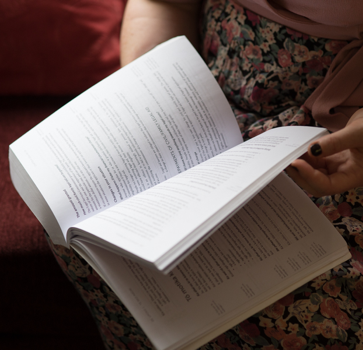The criminal courts
Overview of how the criminal courts work
Information for defendants, witnesses and victims
There are four categories of criminal offences (going from least to most serious), these are Category 1, 2, 3 or 4.
The category of the offence that you’re charged with determines what the process will be, and which court will deal with your case.
Most cases are heard in the District Court, but more serious offences are heard in the High Court.
If you plead not guilty there will be a trial. Your trial will either be heard by a jury or by a judge alone.
In a jury trial, 12 members of the public decide whether you are guilty or not. In a judge-alone trial, a judge will decide whether you are guilty or not.
Whether you can have a jury trial depends on what charges you are facing and how serious they are. You’ll have the right to choose a jury trial if the offence you’re charged with carries a maximum penalty of two or more years in prison – in other words, if it’s a category 3 or 4 case.
Right to appeal
If you disagree with decisions that are made throughout the criminal court process (for example, if you’re refused bail, refused name suppression, or you disagree with your conviction or sentence) you have various rights of appeal available to you.
Your right to appeal a decision depends on what stage of the court case you are at, and which court you are in. You should get advice from a lawyer about your options and the timeframes to make an appeal (see: “Legal Aid and other legal help“).

